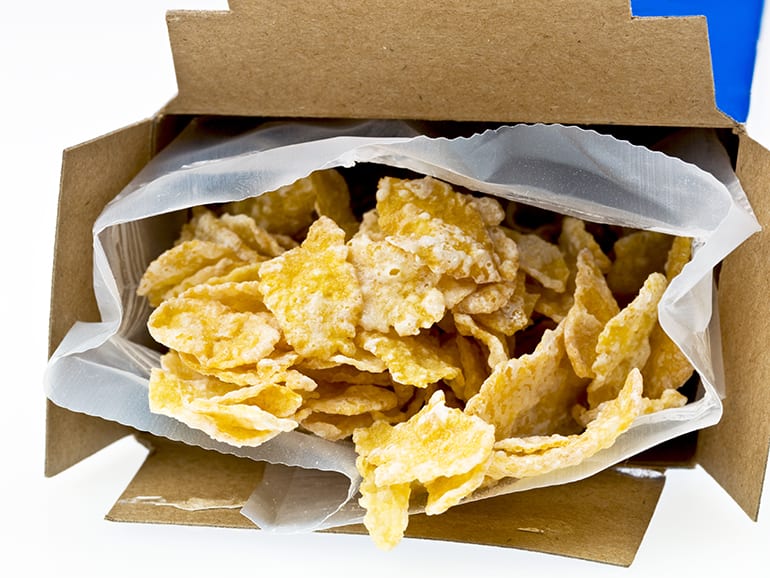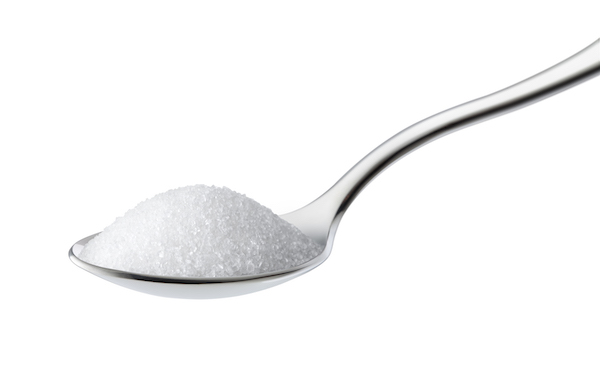What Are Simple Sugars — and How Much Is Too Much?

When you’re starting a healthy, satisfying eating plan, it’s important to know the outsized role sugar plays in your overall health. It’s in everything.
While you may have heard it separated into complex and simple sugars with varying degrees of evil assigned to the latter, the truth is more complicated than that.
What Are Simple Sugars?
A simple sugar is a form of carbohydrate, or saccharide. Different forms of carbohydrates are classified by the number of sugar molecules they contain: single, double, or multiple.
Simple sugars, which are more quickly metabolized than their complex counterparts, contain one or two sugar molecules.
“Carbohydrates are large chains of single sugars,” says Krista Linares, RDN, MPH, a registered dietitian nutritionist in Chapel Hill, North Carolina. “The term ‘simple sugars’ usually refers to these single sugars, or sometimes pairs of sugars, outside the context of a larger carbohydrate.”
The following sugars are classified as simple carbs:
- Monosaccharides: These single-molecule carbohydrates are the simplest sugars and are the building blocks from which all carbs are made. Examples include glucose and fructose.
- Disaccharides: These form when two monosaccharides combine. An example is sucrose, a.k.a. table sugar.
The following sugars are classified as complex carbs:
- Oligosaccharides: This form of carbohydrate contains three to 10 single sugars.
- Polysaccharides: Generally, these carbs contain more than 10 monosaccharides. Common polysaccharides include starch and cellulose found in grains, tubers, vegetables, fruits, and other foods high in fiber.
What’s the Problem With Simple Sugars?

Simple sugars — especially added ones — burn fast, potentially spiking blood glucose levels and setting you up for a quick crash.
“Simple carbohydrates such as cakes, white rice, and ice cream break down quickly once inside the body,” says Carrie Lam, MD, DABFM, a physician in Loma Linda, California. “This causes rapid spikes in blood sugar levels and subsequent valleys when the sugar is absorbed.”
That invariably leaves you craving a hasty resupply, which is what often leads to weight gain (among other potential problems).
For most of us, Lam says, foods containing simple carbs can be detrimental to our health.
“Simple sugar” vs. “added sugar”
While often one and the same, there’s an important difference between the terms “simple sugar” and “added sugar.”
Simple sugar can occur naturally in food but may also be added to packaged and processed foods.
It’s this distinction that can dictate how a simple sugar is metabolized by the body.
For example, simple sugar is a natural component of fruit, which also contains fiber.
It’s the fiber that helps slow the release of these sugars into the bloodstream, making them less likely to spike blood glucose levels and, therefore, less harmful to our metabolism.
So it helps to take the whole food into account when evaluating its sugar content.
How to Spot Simple Sugars

Added sugar lurks in places you’d never expect — including some whole-wheat breads, pasta sauces, and low-fat products like flavored yogurt and ice cream.
During the low-fat craze of the ’80s and ’90s, food manufacturers removed fat from products but had to retain flavor.
Guess what they chose as a substitute? On nutrition facts labels, sugar has many aliases.
“Common names for sugar you may see include cane sugar, cane juice, corn syrup, fructose, glucose, sucrose, and turbinado sugar,” says Linares.
Common sources of simple sugars include:
- Table sugar (sucrose)
- White rice
- White flour and white breads
- Processed breakfast cereals
- Baked goods like cakes, cookies, and pastries
- Soda
- Honey
- Chocolate
- Fruit juice
- Jelly and jam
To spot these simple sugars, always check the nutrition facts label, even if you’re buying a product you think is healthy.
Choose one with little or no sugar and as much fiber and as few ingredients as possible.
Food manufacturers are required to specify added sugar amounts on a separate line, so keep an eye on this number.
Should I Cut Out Simple Sugars Completely?

As explained above, naturally occurring sugar from whole foods is perfectly normal to consume.
But added sugar can be detrimental to your health and should be consumed judiciously.
The FDA’s dietary guidelines say you should limit added sugar to 10 percent of your daily calories.
To put it visually: The American Heart Association recommends that men consume no more than 9 teaspoons (36 grams) of added sugar per day and that women limit themselves to 6 teaspoons (24 grams) or less.
The reality: the average American consumes about 17 teaspoons (around 71 grams) daily. That’s partly because many of us don’t realize just how much sugar lurks in sweetened beverages and seemingly healthy foods.
A single can of regular Coke contains 39 g of sugar. One cup of apple juice has 24 grams. And one 5.3-ounce cup of nonfat Chobani strawberry yogurt contains 14 g of sugar. (As opposed to just 5 g of sugar in their plain yogurt.)
“The risks of added sugar are the same as the risks of too many carbohydrates in general, namely excess sugar without protein, fiber, or fat,” says Linares. “This doesn’t mean that people need to cut sugar out of their diet completely. Instead, I recommend pairing sugar with protein or fat to slow down your body’s absorption of the sugar.”
For example, you could pair a few squares of dark chocolate with a tablespoon of almond butter, or use honey as a topping for plain Greek yogurt.
